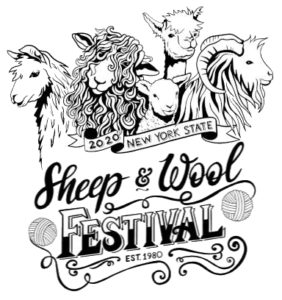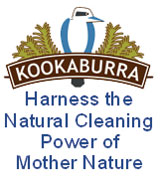At the moment, it’s pretty quiet around here. Don’t misunderstand…there’s plenty to do but none of it seems terribly interesting…at least to us. We’ve been doing this sheep/farm stuff for so many years that we tend to do much of it on autopilot. I’ve been looking around for some things that might be new to you.
Like this…
This coat says a lot about where this ewe has been and what she’s been up to… kind of like a sheep passport.
The big blue splodge is something to celebrate. It was left there by the ram’s crayon when he had his way with her. Before the ram is introduced to his group of ewes, we truss him up in this harness with a big block of crayon secured to it…poor guy…humiliating. After 16 days (the number of days in a ewe’s reproductive cycle), we change the crayon to a different color. That way, if his attempts to breed her were unsuccessful the first time around, we know it by a second (different colored) mark later on.
In the case of the ewe in the photo…just the big blue splodge there — BINGO on the first try! YAY! We love it when that happens! There are loads of reasons why but for now let’s just say the ewe gets points for being receptive and the ram gets points for being efficient.
I have to mention here…If you’ve looked at the harness link, you should not believe the part about “crayons easily changed.” There is nothing easy about lying on the ground under a 250 pound ram who, at that moment, prefers his ewes to anything else in the world while you fiddle with needlenose pliers, cotter pins and holes that refuse to line up. Oh — and he’s trying to ChaCha on your face!
So…what do the other smaller marks mean? They’re the result of “working the sheep” — a term shepherds use to describe gathering a group of sheep together to “do something” to them. We usually pen them in a small area so they can’t run away from us and then walk calmly among them to choose a sheep to “work” on. When we’ve finished with that particular sheep, it gets a mark so we can easily see not to choose that sheep again.
In this case, the pink mark means the ewe was given the sheep equivalent of “Frontline.” I had noticed a couple of the ewes rubbing against the feeders and gates so decided to be safe rather than sorry and treat them with a topical debugger. Those little tiny bugs are very difficult to see — and I didn’t find any — but I also didn’t want to risk losing fleeces!
The yellow mark means the ewe was checked for internal parasites (aka worms). We can get a pretty good idea of who needs treatment by looking at the inner eyelid of the sheep. If the mucus membranes are nice and red, she’s good to go. If they’re pale, she needs to be treated because those nasty parasites are feasting on her blood. We check the adult sheep every few months…sometimes more often in the warmer months.
That’s the story behind this sheep’s coat…




Well…I learned something new today! 😉
Thanks Pam…I love reading your farm journal posts!
Cathy
Thanks for the interesting entry in your Farm Journal. I never knew that the guys were leaving their crayon marks behind as they played w/ their sweet ewe friends. I wish you many lively lambs from all this frolicking.
That blue splodge was leftover from a couple of years ago…yet another reason for putting coats on the sheep! I’m sure that coat has been washed several times since the mark was made and yet it’s still there. So much for the claims of the crayon folks that it washes out…with what I wonder! So…no fresh marks means no frolicking lambs. This is our second year without lambs. I find myself missing the lambing part of it but not so much the work of rotationally grazing a large group (or many smaller ones) all summer long. So I guess the jury is still out on whether we’ll be lambing in 2011. Thanks for commenting!